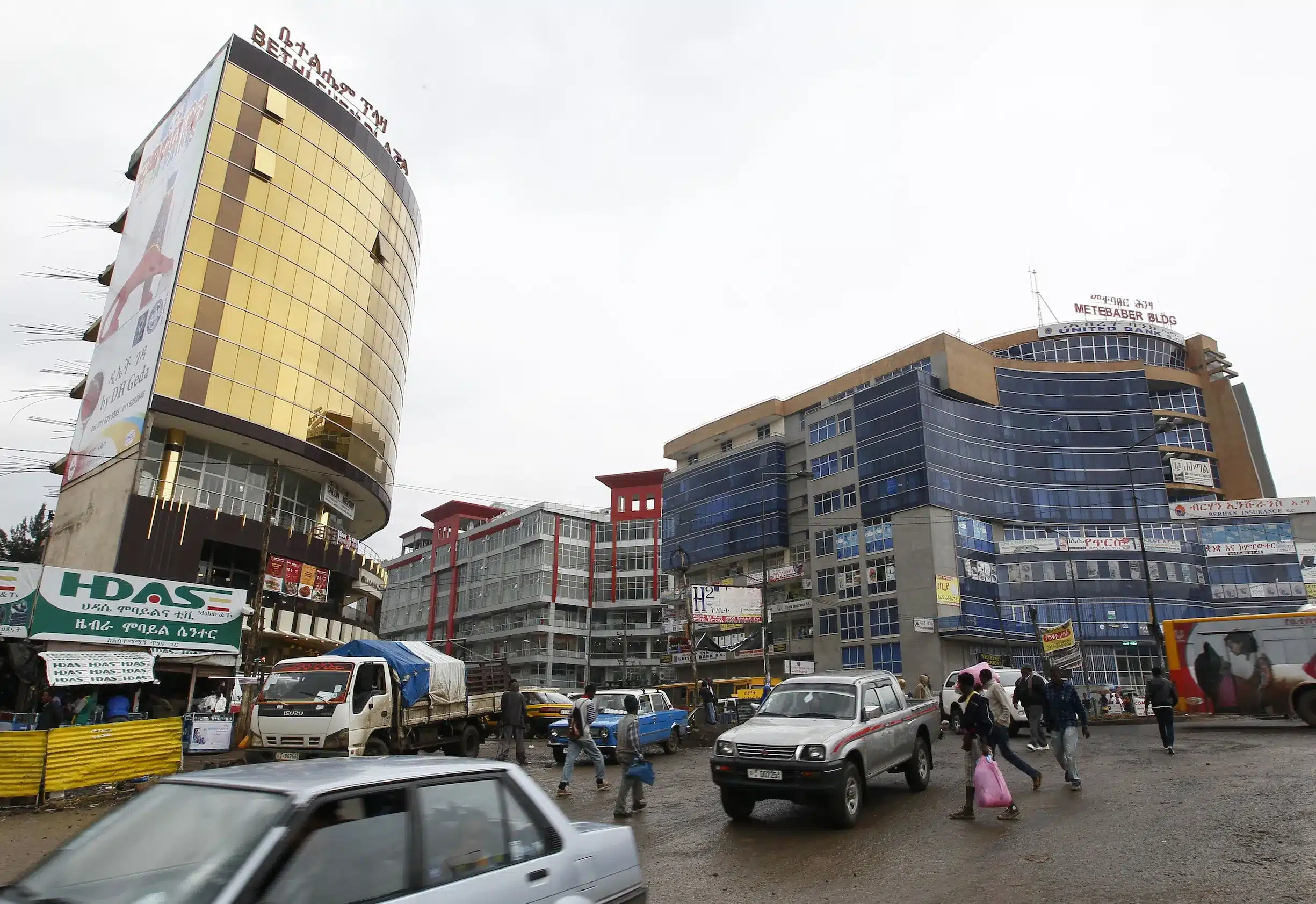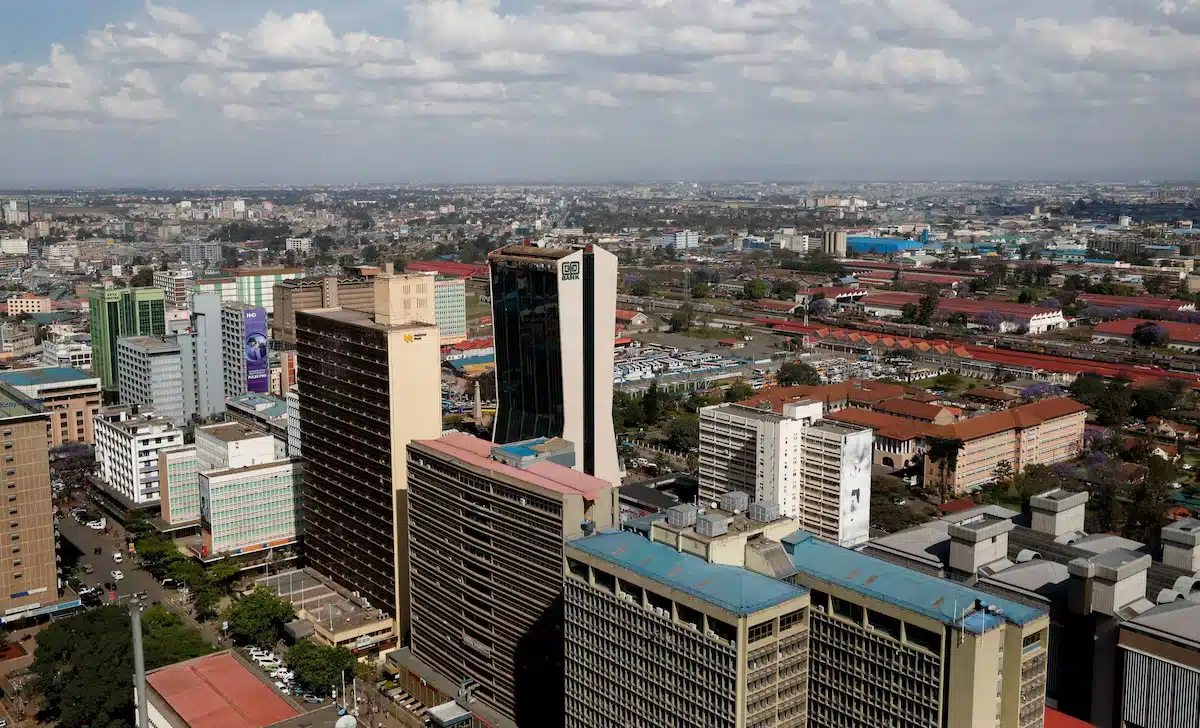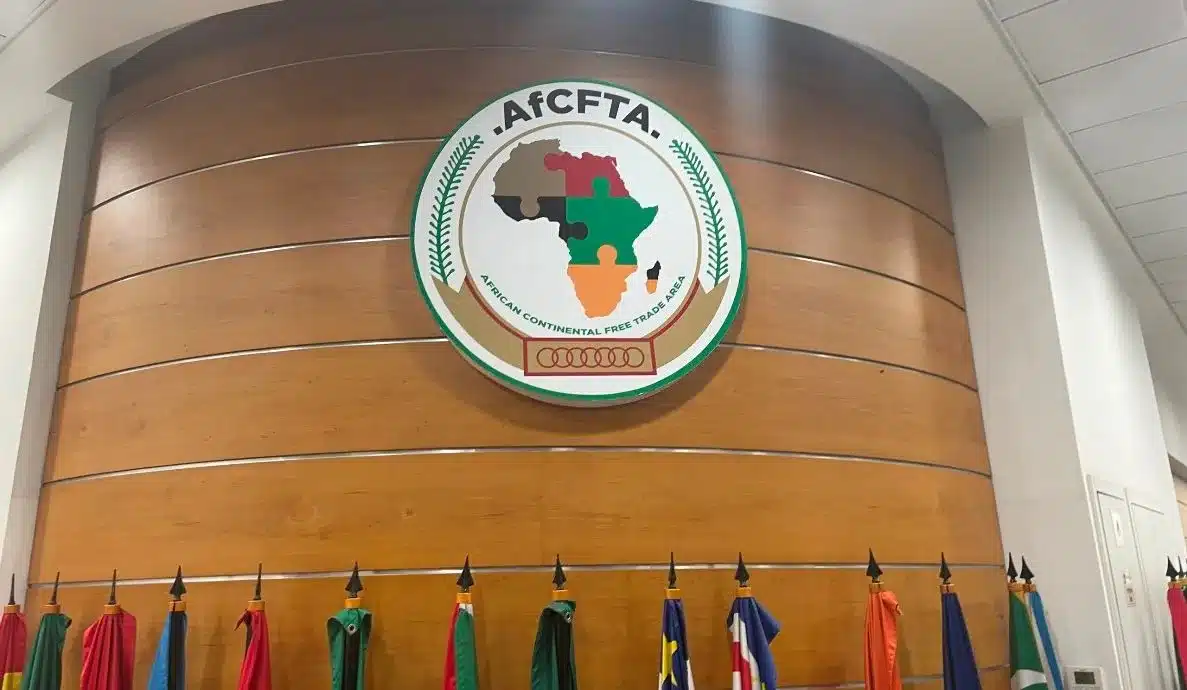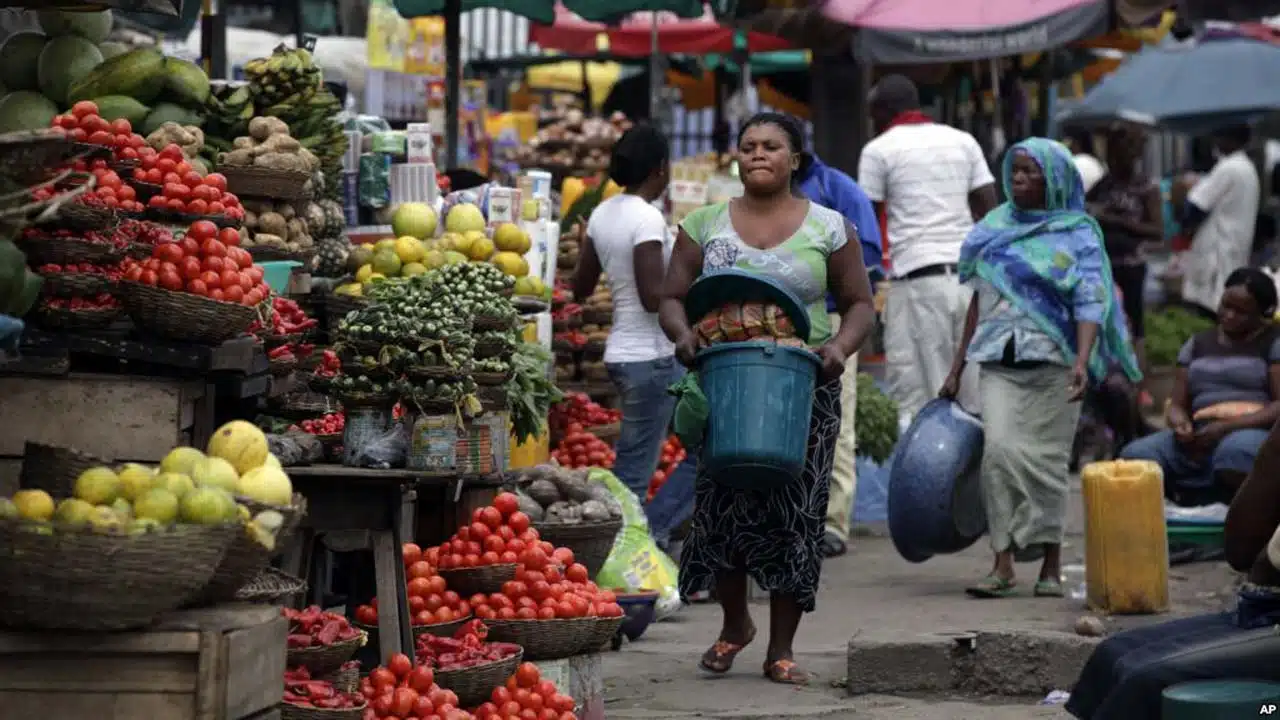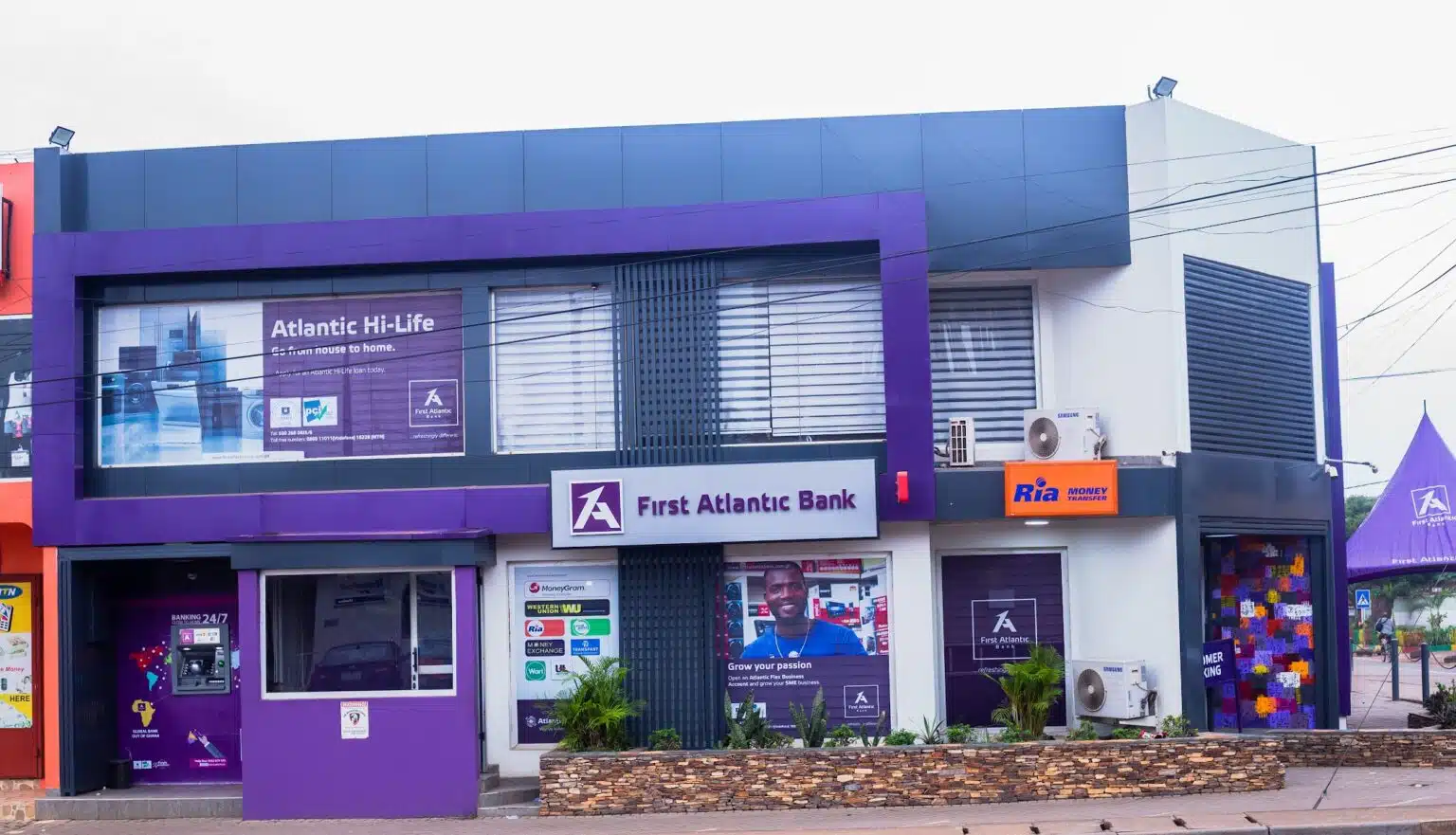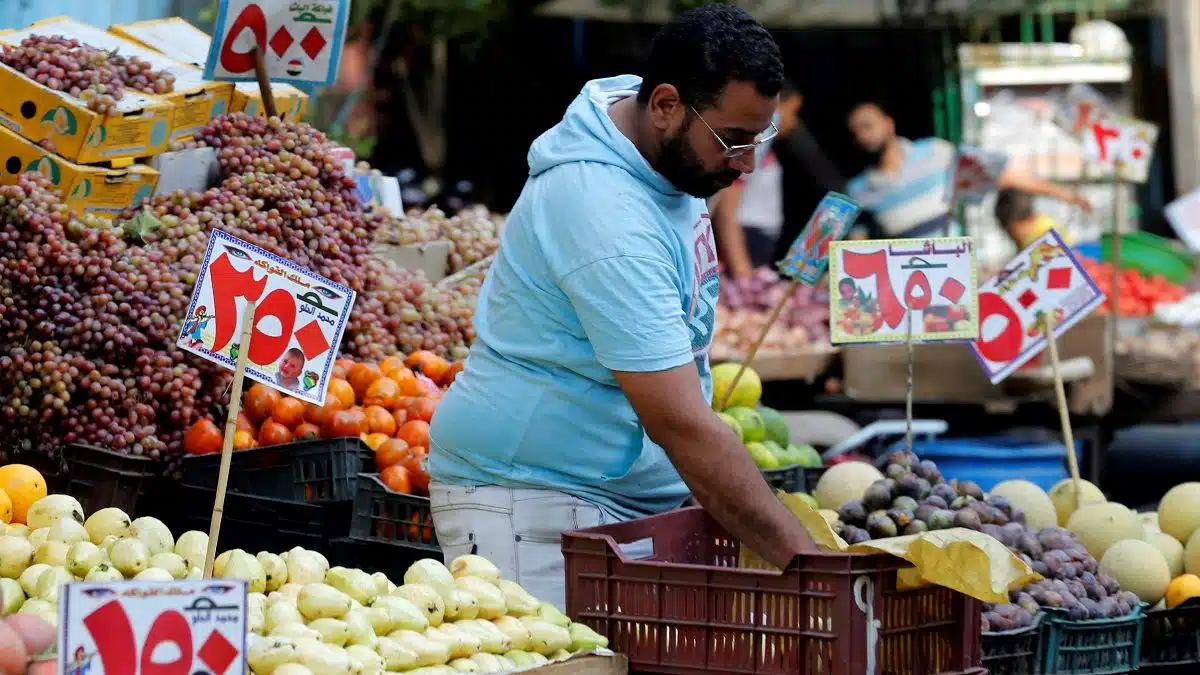Currency appreciation helped slow business costs across sub-Saharan Africa (SSA) in September 2025, with prices rising at the weakest pace since 2020, according to S&P Global’s latest Purchasing Managers’ Index (PMI) commentary.
The global rating agency said five of the seven economies surveyed saw their currencies strengthen in the first nine months of this year, partly reflecting softer dollar prices. It added that improved access to external credit, fiscal consolidation, and tighter monetary policy have also underpinned the gains.
“The Ghanaian cedi and Zambian kwacha have each appreciated by 15% against the US dollar so far this year, while the South African rand and Nigerian naira have also seen gains,” said Andrew Harker, Director of Economic Indicators & Surveys at S&P Global Market Intelligence.
The stronger currencies have eased input cost pressures in economies long marked by high inflation.
Ghana and Zambia recorded outright declines in purchasing prices at certain points during the year, while Nigeria saw the weakest input price growth since March 2020 in the third quarter, even as inflation remained elevated.
Meanwhile, selling costs rose at the slowest pace in five years last month despite a slight uptick from August.
“Normally any references to exchange rates or the dollar being linked to rises in purchase prices as downward pressure on local currencies feeds through to higher costs for imported items and those priced in dollars,” S&P explained.
The company added, but between June and August this year, ” It recorded more mentions of these factors pushing down prices rather than lifting them; the only time this has been the case since we have had the full complement of seven SSA countries PMI surveys.”
Cooling inflation supports rate cuts
Moderating prices has created room for monetary easing across SSA, with several central banks shifting focus from inflation control to growth support.
As of September, five countries — Nigeria, Kenya, Ghana, Mozambique, and South Africa — had recorded lower benchmark interest rates than at the start of the year.
Ghana stands out, with its central bank cutting policy rate by a cumulative 650 basis points over its last two meetings as the country’s disinflation trend gained strong momentum.
Nigeria mirrored the move at its September meeting, ending a five-year tightening cycle with a 50-basis-point reduction to 27%. The cut signals a cautious pivot toward monetary easing after years of aggressive rate hikes aimed at curbing price growth.
However, interest rates have remained unchanged in Uganda, while Zambia has been the only country to raise borrowing costs this year. S&P expects the Southern African nation to reverse course at its November meeting with a potential 50–100 basis-point cut as inflation cools.
Firms grow at fastest rate in five months
Overall, the region’s business sector posted solid growth last month, with output accelerating at the fastest pace in five months, supported by lower input costs and an uptick in new orders. Employment strengthened for the 12th straight month as firms increased their purchasing activity and inventory holdings.
Notably, Zambia saw the sharpest increase in business activity in nearly two years, while Kenya’s private sector returned to growth after protest-driven disruptions.
Among the reviewed countries, only Ghana witnessed a drop in output. Still, new orders expanded and business sentiment remained strong, signalling a potential rebound in the months ahead.
“The SSA private sector enters the final quarter of the year on a solid footing, in part at least due to the currency gains seen over the course of 2025 so far,” Harker added.

